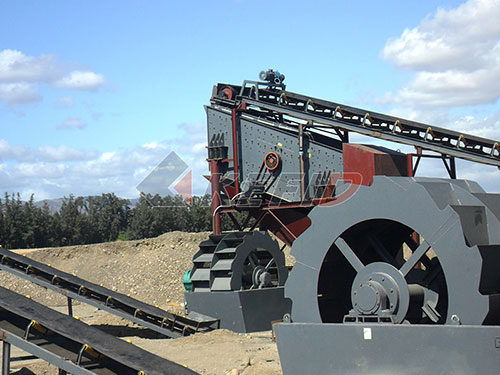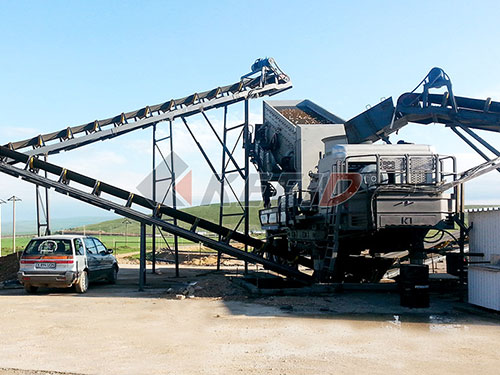The Critical Shield: Understanding the Imperative of Over Pressure Fans in Cone Crushers
Cone crushers stand as indispensable workhorses within the aggregate production and mineral processing industries. Their ability to efficiently reduce large rocks into precisely sized fractions makes them central to operations worldwide. However, within the violent chamber where rock meets hardened steel mantle and concave liners lies a persistent and insidious enemy: dust. Controlling this dust isn’t merely about environmental compliance or operator comfort; it’s fundamentally about protecting the crusher’s vital internal components from premature failure and ensuring reliable operation. This is where the Over Pressure Fan (OPF) transitions from a desirable option to an absolute necessity in modern cone crusher design and operation.
The Genesis of the Problem: Dust Infiltration
To understand why an OPF is crucial, we must first dissect how dust becomes a destructive force:

1. Intrinsic Dust Generation: The crushing process itself is inherently dusty. As rocks are squeezed, impacted, and sheared between the mantle and concave liners, fine particles are liberated explosively.
2. Air Displacement: The downward movement of the main shaft assembly during each crushing cycle acts like a piston within the eccentric bushing assembly beneath the head ball seat (or spherical washer). This downward stroke compresses air trapped below the head.
3. Pressure Differential & Infiltration Paths: When the main shaft retracts upwards at the end of its stroke or during tramp events (uncrushable material entry), this compressed air rapidly expands upwards through any available path.
Path 1 – Feed Opening: This expanding air seeks escape routes of least resistance. One primary path is upwards through the crushing chamber itself and out via the feed opening.

Path 2 – Internal Clearances: Crucially, another path exists through minute clearances within critical internal components:
Between the main shaft sleeve/sleeve bearing assembly.
Between various seals designed to protect bearings.
Around gaskets and mating surfaces within the upper frame/lower frame junction near where lubrication flows.
4. Dust-Laden Air Intrusion: As this expanding air rushes upwards through Path 1 (feed opening), it creates a low-pressure zone inside the upper frame cavity surrounding critical components like bearings and lubrication channels (Path 2). Atmospheric air outside – laden with abrasive dust particles generated by both this crusher’s operation and surrounding processes – rushes in through any available seal

Leave a Reply